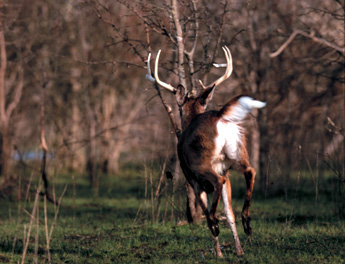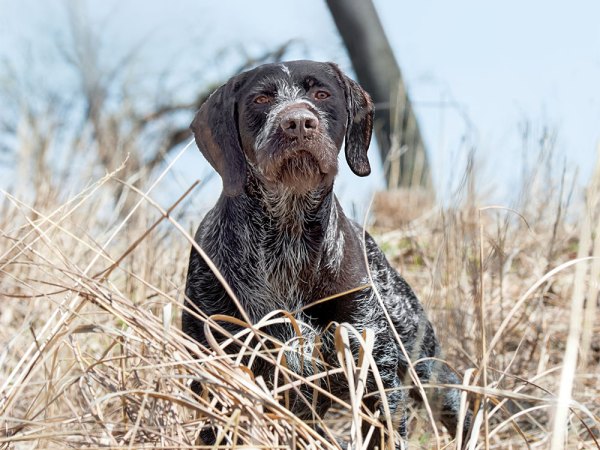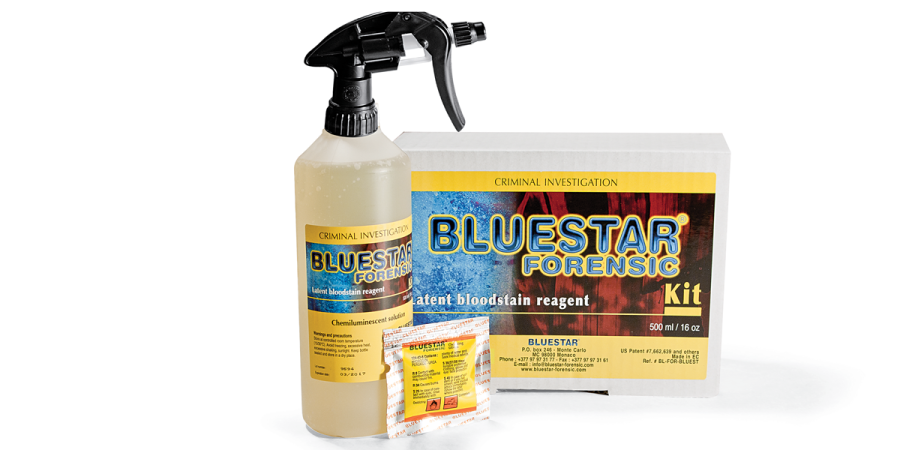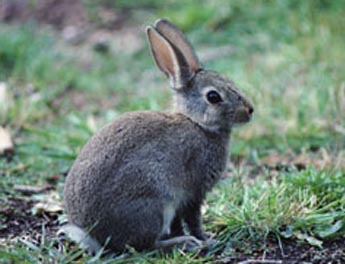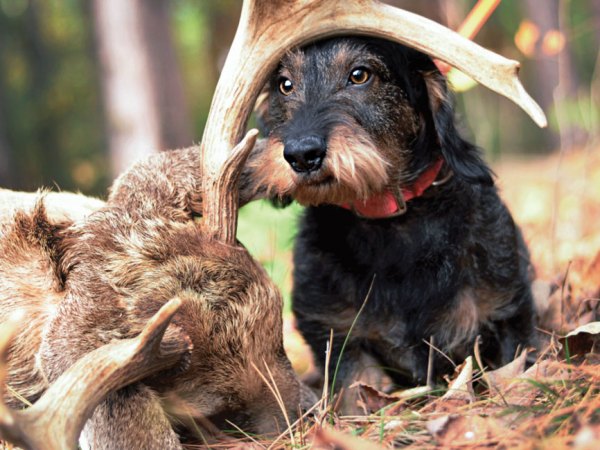Though most bowhunters spend countless hours scouting and shooting their bows as they prepare for the upcoming deer season, they rarely consider what they’ll do if an arrow goes into the wrong part of the deer’s anatomy. When this happens, they either spend days on their hands and knees looking for blood or just start looking everywhere. I’ve made this mistake myself. But then one year my arrow didn’t hit where it should have and after hours of hopeless tracking I was frustrated enough to find a solution. I decided to find out if Shrike, my 6-year-old Labrador, wasn’t too old to learn a new trick.
GETTING A DOG STARTED
New York, Wisconsin, Maine, Vermont, Indiana, Texas, British Columbia, Kentucky, Michigan, Ohio and Alaska all recently passed laws to allow the use of dogs to recover deer and other big game. It is also legal to use a dog to track wounded deer in most of the South, though some states regulate it on the county level. In general, the practice is gaining acceptance across the country, but you should review the regulations to be sure it’s legal where you hunt.
Not long after a law was passed in Michigan making it legal to use dogs, I began training Shrike to blood-trail deer. Labrador retrievers make good blood-trailers. Breeds like dachshunds, bloodhounds, basset hounds, beagles and curs are also good. Basically, any breed of dog with a good nose can be used to trail deer. It’s all a matter of the right training.
Deer blood for training can be collected from deer you harvest. Every time you thaw out some venison, blood drains from the meat and can be collected. You can also use Ziploc bags to collect blood during field dressing. I like to transfer the blood into old syrup containers, which work well for dribbling out training trails. I trickle out a sparse blood trail and leave a piece of deer hide at the end of the scent line.
Before starting a dog on a blood trail, let the trail age for at least 15 minutes. As your dog gains expertise, age the trail longer. Keep your dog on a lead during the trailing process and give him plenty of praise when he finds the end of the trail. I even put little pieces of meat scraps at the end of the trail to sweeten the pot for Shrike. Keep the training sessions short and fun for the dog so that the dog looks forward to the training. Once a week is plenty. In a few months the dog will be a pro.
THE PAYOFF
I put Shrike’s tracking skills to the test for the first time after I arrowed a huge buck in a remote cedar swamp in the Upper Peninsula. Unfortunately, it started raining soon after the shot, so the visible blood trail was washed away. I knew the hit was good, but the area was so infested with coyotes and bears that leaving the deer overnight would have been chancy.
Returning later with Shrike, I really didn’t know what to expect. I put his nose down near the area of the hit and told him, “Find the deer.” He started pulling me in the direction where the deer had run off. He made steady progress, and in just a couple of minutes was sniffing my dead buck. Since then, Shrike has tracked down many deer for others. He is definitely my best four-legged friend.
A Last Resort
Deer Search Inc. is a New York-based nonprofit organization whose members use their deer-tracking dogs to help people locate deer. There is no charge for their service, but hunters may make a contribution to the organization, which reimburses its members for expenses. Go to www.deersearch.org for more information. The Web site has information on tracking laws, dog-training tips, tracking advice and contact information. Or call 518-872-1779 to talk to a Deer Search volunteer–just be sure to call at a reasonable hour.

